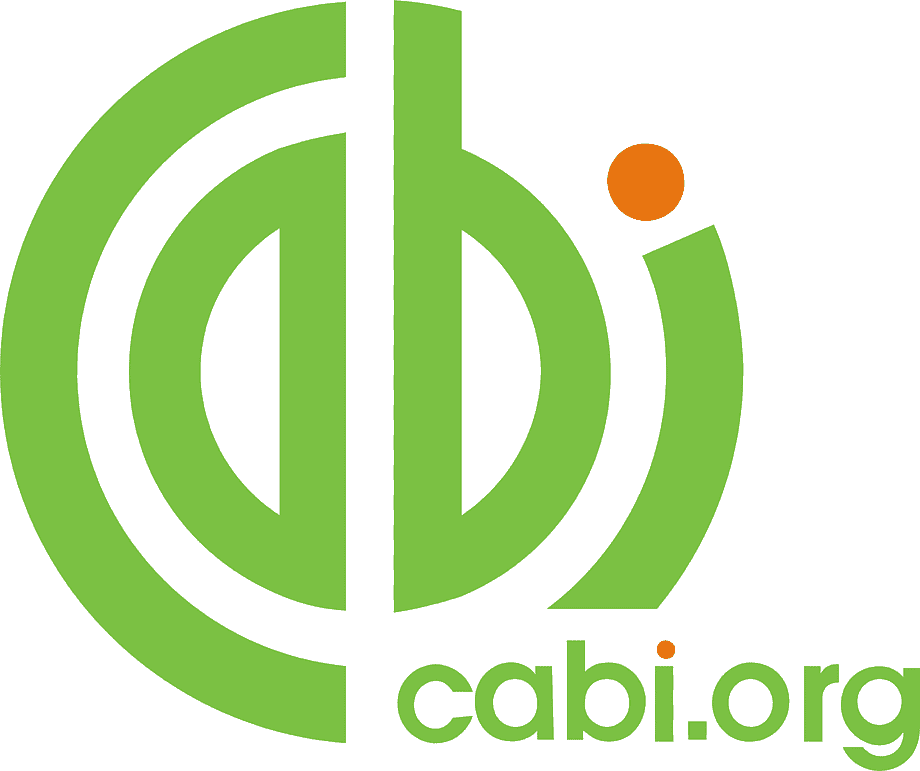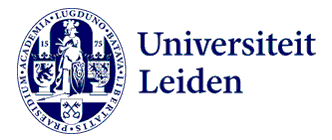Morphology and use of the bandicoot (Echymipera kalubu) by the Wamesa Tribe in Teluk Wondama Regency
DOI:
https://doi.org/10.46549/jipvet.v15i1.493Keywords:
Bandicoot, Echymipera kalubu, Ethnozoology, Teluk Wondama Regency, Wamesa TribeAbstract
This research aims to identify the type of mole, its morphology, and the ethnobiology of bandicoots by the Wamesa Tribe in Teluk Wondama Regency. This research method is a descriptive method with observation and interview techniques. Research variables include morphology and ethnobiology of bandicoots. The research results show that the bandicoots used by the Wamesa Tribe are white-breasted and red-breasted E. kalubu. The hair's characteristics are spiky, short snout, tail length <100 mm, black areas on the eyes, and ears rounder. Based on the measurements of male and inner E.kalubu, they have a body weight of 1,600 vs 2000 g. hind leg length 411.7 vs. 414 mm, tail length 62.2 vs. 65 mm, hind foot length 57.8 vs. 54.5 mm, ear length 33.8 vs. 32.5 mm. The Wamesa tribe uses moles for consumption, cooked by stirring-frying using burning coals and natural kitchen spices, and the body part of the bandicoot is meat.
Downloads
References
Abutalib N. 2024. Morfologi dan kajian etnobiologi bandikut (Peroryctidae) oleh suku Wamesa di Kabupaten Teluk Wondama. Universitas Papua.
Alves RRN and Souto WMS. 2015. Ethnozoology: A brief introduction. Ethnobiology and Conservation 4(2015). https://doi.org/10.15451/ec2015-1-4.1-1-13.
Asiar P, Pawere FR and Koibur JF. 2019. Karakteristik karkas bandikut (Echymipera kalubu) di Kampung Wafmana, Distrik Mawabuan, Kabupaten Tambrauw. Jurnal Ilmu Peternakan dan Veteriner Tropis (Journal of Tropical Animal and Veterinary Science) 9(2):55–61.
Flannery T. 1994. Mammals of New Guinea. Reed Books.
Flannery T. 1995. Mammals of the South-West Pacific & Moluccan Islands. Reed Books.
Haryono M, Hendry P, Ady K, Amir H, Setiawan AA, Priyo SA, Eko MAISMA, Primadian B, Cahyo R, Cairul S, Rahman DA, Istanto D, Pradana D and Adhiastoharyo DN. 2019. Panduan identifikasi jenis satwa liar dilindung: Mamalia. Kementrian Lingkungan Hidup dan Kehutanan. Lembaga Ilmu Pengetahuan Indonesia.
Hidayatullah D, Fenita Y and Sulistiyowati E. 2019. Efek penggunaan tepung limbah biji durian fermentasi dalam ransum ayam broiler terhadap performans dan income over feed cost (IOFC) ayam broiler. Naturalis – Jurnal Penelitian Pengelolaan Sumberdaya Alam dan Lingkungan 8(1):113–121.
Iriansul, Warsono IA and Wajo MJ. 2018. Kontribusi satwa dalam menunjang ketahanan pangan masyarakat Distrik Tembuni Kabupaten Teluk Bintuni. Cassowary 1(2):89–94.
Kogoya E, Dwiranti F and Kawulur EIJJ. 2024. Eksplorasi kuskus pada hutan dataran tinggi di Lanny Jaya Pegunungan Tengah. Cassowary 7(1):40–46.
Menzies J. 1991. A handbook of New Guinea marsupials & monotremes. Kristen Pres.
Nimbafu KR and Akhiruddin. 2022. Analisis karakter dalam cerita rakyat suku Wandamen di Kabupaten Teluk Wondama (Pendekatan Pragmatik). Jurnal Bahasa, Sastra, dan Pengajaran 1(2):79–87.
Paino C. 2021. Akibat perubahan iklim, bentuk tubuh hewan bisa berubah. Mongabay Situs Berita Lingkungan. https://www.mongabay.co.id/2021/09/20/akibat-perubahan-iklim-bentuk-tubuh-hewan-bisa-berubah.
Pattiselanno F. 2006. The wildlife hunting in Papua. Biota XI(1):59–61.
Pawere FR and Palulungan JA. 2020. Karakteristik karkas bandikut (Echymipera kalubu) di Kabupaten Manokwari. Jurnal Ilmu Peternakan dan Veteriner Tropis (Journal of Tropical Animal and Veterinary Science) 10(1):8. https://doi.org/10.46549/jipvet.v10i1.72.
Prasetyo H, Padaga MC and Sawitri ME. 2013. Kajian kualitas fisiko kimia daging sapi di pasar Kota Malang. Jurnal Ilmu dan Teknologi Hasil Ternak 8(2):1–8.
Rahayu BW, Woran J, Lumatauw S and Kaikatui R. 2022. Kegiatan dan pemanfaatan satwa buruan di Kampung Yembikeri Distrik Rumberpon Kabupaten Teluk Wondama. Jurnal Ilmu Peternakan dan Veteriner Tropis (Journal of Tropical Animal and Veterinary Science) 12(1):75–80. https://doi.org/10.46549/jipvet.v12i1.265.
Saroyo S and Koneri R. 2016. Ekologi hewan. CV. Patra Media Grafindo.
Warsono IU. 2009. Sifat biologis dan karakteristik karkas dan daging bandikut (Echymipera kalubu). Institut Pertanian Bogor.
Warsono IU and Priyanto DR. 2011. Sifat biologis dan karakteristik karkas bandikut (Echymipera kalubu). Berk. Penel. Hayati Edisi Khusus 4:13–19.

Downloads
Published
How to Cite
Issue
Section
License
Copyright (c) 2025 Febriza Dwi Ranti, Nurhaidah Abutalib, Keliopas Krey

This work is licensed under a Creative Commons Attribution-NonCommercial-ShareAlike 4.0 International License.
License and Copyright Agreement
In submitting the manuscript to the journal, the authors certify that:
- They are authorized by their co-authors to enter into these arrangements.
- The work described has not been formally published before, except in the form of an abstract or as part of a published lecture, review, thesis, or overlay journal. Please also carefully read Jurnal Ilmu Peternakan dan Veteriner Tropis (Journal of Tropical Animal and Veterinary Science) Posting Your Article Policy at https://journal.fapetunipa.ac.id/index.php/JIPVET/publicationethics
- That it is not under consideration for publication elsewhere,
- That its publication has been approved by all the author(s) and by the responsible authorities “tacitly or explicitly“ of the institutes where the work has been carried out.
- They secure the right to reproduce any material that has already been published or copyrighted elsewhere.
- They agree to the following license and copyright agreement.
Copyright
Authors who publish with Jurnal Ilmu Peternakan dan Veteriner Tropis (Journal of Tropical Animal and Veterinary Science) agree to the following terms:
- Authors retain copyright and grant the journal right of first publication with the work simultaneously licensed under a Creative Commons Attribution License (CC BY-NC-SA 4.0) that allows others to share the work with an acknowledgment of the work's authorship and initial publication in this journal.
- Authors are able to enter into separate, additional contractual arrangements for the non-exclusive distribution of the journal's published version of the work (e.g., post it to an institutional repository or publish it in a book), with an acknowledgment of its initial publication in this journal.
- Authors are permitted and encouraged to post their work online (e.g., in institutional repositories or on their website) prior to and during the submission process, as it can lead to productive exchanges, as well as earlier and greater citation of published work.

This work is licensed under a Creative Commons Attribution-NonCommercial-ShareAlike 4.0 International License.




























.png)
